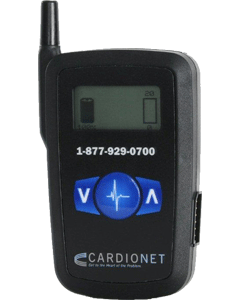

The company did a study comparing data generated by the Zio to that from Holter monitors in people with atrial fibrillation, and found that physicians changed their medical decisions 28 percent of the time because of the Zio report, according to King. More data on its usefulness will help, Weinstein said. The higher price can occasionally cause trouble with insurance reimbursement, though Gerstenfeld estimated about 80 percent of insurance companies cover the patch.
#30 day heart monitor patch Patch
The Zio patch is more expensive than older monitors: about $360 for Medicare versus $100 to $150 for Holter monitors, King said. "That improves the time to diagnose, that lowers the cost of diagnosis, and really gets the business to go in a faster way." "That massive amount of data that gets curated by these algorithms really is under the control of a machine-learned capability, and it gets smarter as we put more and more data into the database," King said. The company's database grows with each new patient, and will get more useful with each new addition, said iRhythm CEO Kevin King. The stock is up 20 percent since the IPO, giving iRhythm a market capitalization of about $700 million. He has recommended buying iRhythm stock since November, after the company's October initial public offering, led by Weinstein's firm, JPMorgan. "They will have more information about abnormal heartbeats than any database in the world," Weinstein said.

The patch - which encases a chip and two electrodes - also generates huge amounts of data: 30,000 pages of information on a patient's heartbeat, which iRhythm analyzes and distills into a 15-page report for physicians.

"The unique thing is that the older monitors have been around for so long, that this was such a dramatic improvement in terms of patient comfort that it just made sense." "When I first saw it, I thought, 'Well, why didn't I think of this?'" said Gerstenfeld, who treats Sarah at the University of California San Francisco Medical Center. The technology appears so simple that cardiologist Edward Gerstenfeld said he was baffled it hadn't come along earlier. "They're still using a technology that's been around for 30-plus years, and it looks like that's going to go away," Weinstein said. A three-inch patch worn continuously for two weeks, the Zio is set to displace Holter monitors almost completely, said JPMorgan analyst Mike Weinstein. So Sarah's cardiologist fit him with a Zio patch, made by young San Francisco-based company iRhythm Technologies.


 0 kommentar(er)
0 kommentar(er)
